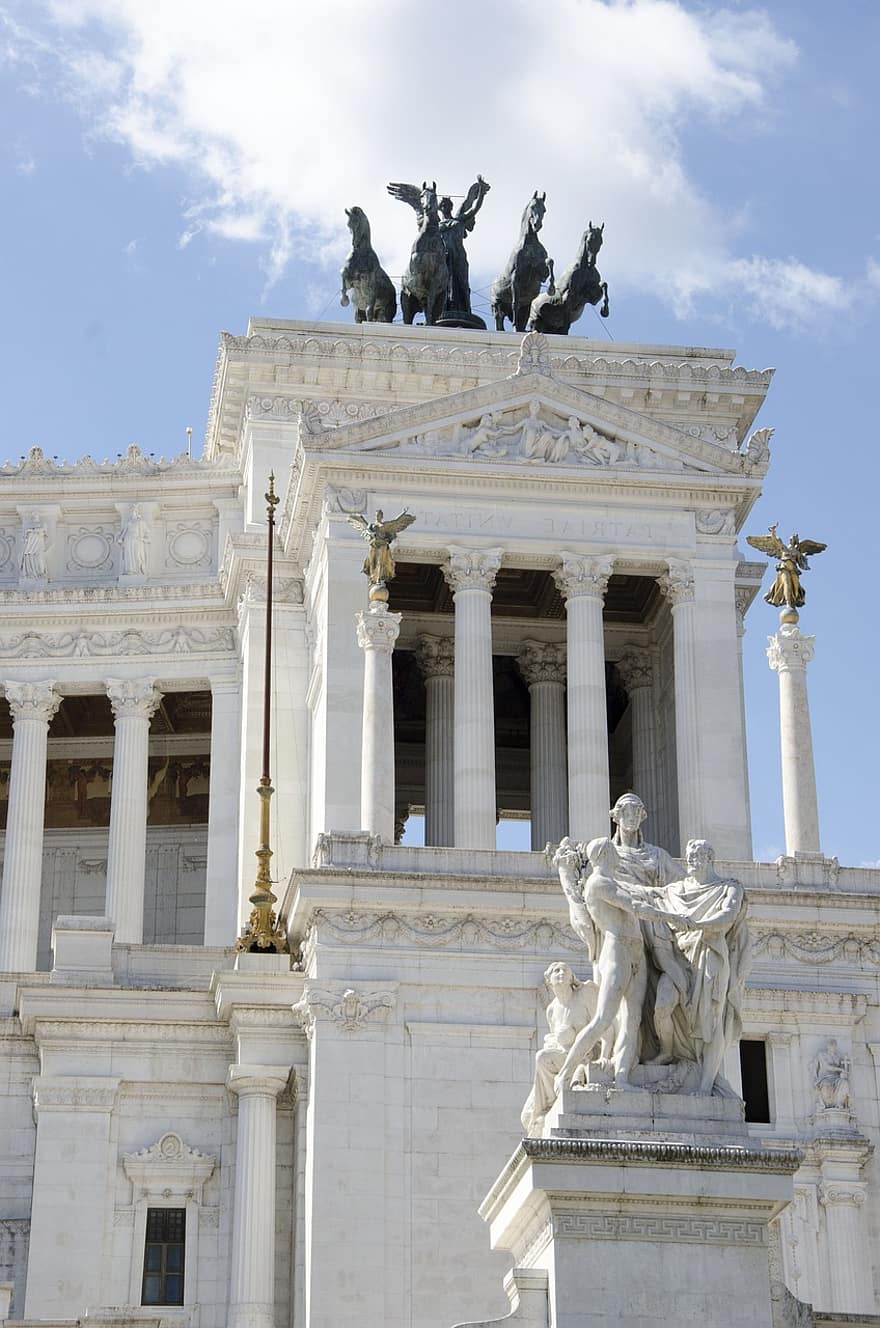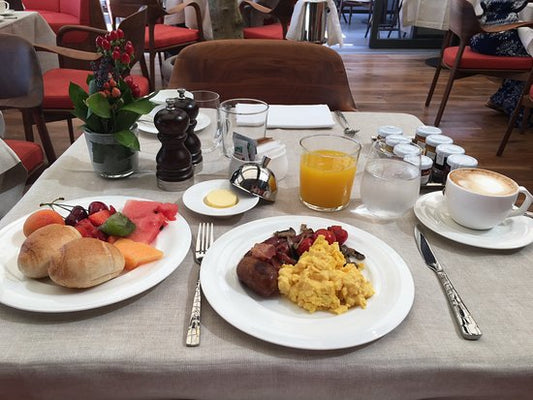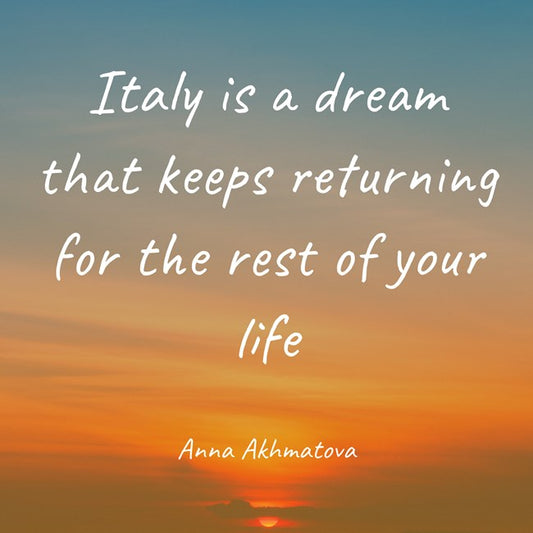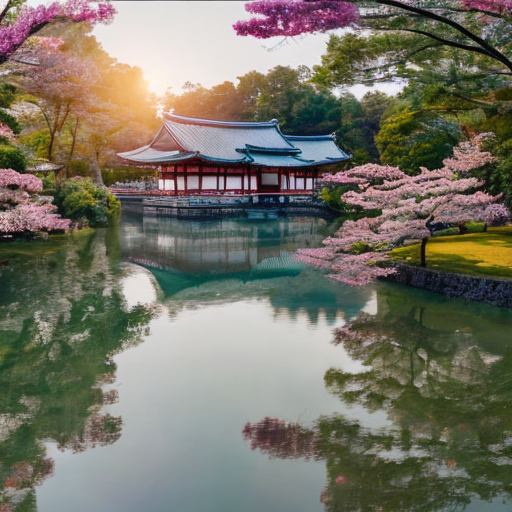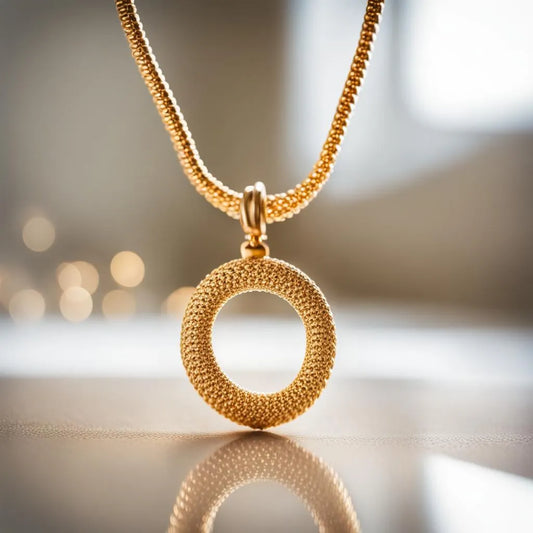There are 144 cities in Italy which include Rome and Florence.
At the end of 2006, Rome had a population of 2,825,077 while Florence only had a population of 365,966 meaning Rome has around 7.7x more people. Besides the population differences, there are differences in major sights and fashions.
It is easy to realize why Rome is called the Eternal City for its long-lasting historical monuments like Pantheon while Florence is called the Cradle of Renaissance for the Uffizi Gallery with Renaissance masterpieces.
- Major Sights in Rome
- Nothing can beat the Colosseum (Iconic ancient Roman gladiatorial arena), St. Peter's Basilica (World’s largest basilica of Christianity), Pantheon (Landmark Roman church & historic tombs), Trevi Fountain(Iconic 18th-century sculpted fountain), Roman Forum (Excavated heart of the Roman Empire), and Vatican Museums (Papal palace Renaissance art treasures)
-
Major Sights in Florence
- There are Renaissance Architecture with Florence's Duomo, Cathedral of Santa Maria del Fiore (Medieval cathedral with iconic red dome), Uffizi Gallery (Art museum with Renaissance masterpieces), Ponte Vecchio (Medieval stone bridge with jewelry shops), Palazzo Vecchio (Striking fortified 13th-century palace), Pitti Palace (Renaissance palace & art gallery complex), Galleria dell'Accademia (Art museum, home to Michelangelo's David)
Besides the architecture differences, there are differences in the start of fashion in Rome and Florence. Milan may be one of the international capitals of fashion, but Florence is comparable in its innovation and Rome in its importance
- Rome is the world's 4th most important center for fashion in the world, according to the 2009 Global Language Monitor after Milan, New York, and Paris, and beating London. Major Italian luxury fashion houses and jewelry chains such as Valentino, Bulgari, Fendi, Laura Biagiotti, Gattinoni, and Brioni are headquartered in the city. Rome Fashion Week is an important global showcase.
- In Florence, Take a walk in the Gucci Museum, dedicated to the history of Italian fashion, or explore the Museo Galileo di Galilei for a peek at the world of this 17th-century astronomer and physicist. You can find the most successful Italian fashion houses with flagship boutiques in Florence like Armani, Pucci, Prada, and Cavalli. If you love to shop, you'll love wandering via Tornabuoni, Florence's most popular shopping street since the 14th century.
While both Rome and Florence are in UNESCO heritage sites for their city center, there are also some differences in the UNESCO reasons for Rome and Florence.
- In the Historic Centre of Florence, the criteria were due to its artistic realization, the predominant influence on the development of architecture and monumental arts, and as a merchant-city of the Middle Ages and Renaissance.
- Rome has been both a secular and religious capital. It had almost three millennia of history, works of arts having a decisive influence on the impact of urban planning, architecture, technology, and the arts throughout the world.
Florence Criteria in becoming UNESCO
- Criterion (i): The urban complex of Florence is in itself a unique artistic realization, an absolute chef-d’œuvre, the fruit of continuous creation over more than six centuries. In addition to its museums (the Archaeological Museum, Uffizi, Bargello, Pitti, Galleria dell’Accademia), the greatest concentration of universally renowned works of art in the world is found here – the Cathedral of Santa Maria del Fiore, the Baptistery and the Campanile of Giotto, Piazza Della Signoria dominated by Palazzo Vecchio and the Palazzo Uffizi, San Lorenzo, Santa Maria Novella, Santa Croce and the Pazzi chapel, Santo Spirito, San Miniato, and the Convent of San Marco which houses paintings of Fra Angelico.
-
Criterion (ii): Since the Quattrocento, Florence has exerted a predominant influence on the development of architecture and the monumental arts – first in Italy, and throughout Europe: the artistic principles of the Renaissance were defined there from the beginning of the 15th century by Brunelleschi, Donatello, and Masaccio. It was in the Florentine milieu that two universal geniuses of the arts – Leonardo da Vinci and Michelangelo – were formed and asserted.
- Criterion (iii): The Historic Centre of Florence attests in an exceptional manner, and by its unique coherence, to its power as a merchant-city of the Middle Ages and the Renaissance. From its past, Florence had preserved entire streets, fortified palaces (Palazzo Spini, Palazzo del Podestà, Palazzo Della Signoria), lodges (Loggia del Bigallo, Loggia dei Lanzi, Loggia degli Innocenti, and del Mercato Nuovo), fountains, a marvelous 14th-century bridge lined with shops, the Ponte Vecchio. Various trades, organized into prosperous arts have left several monuments such as the Or San Michele.
- Criterion (iv): Florence, a first-rate economic and political power in Europe from the 14th to the 17th century, was covered during that period with prestigious buildings which translated the munificence of the bankers and the princes: Palazzo Rucellai, Palazzo Strozzi, Palazzo Gondi, Palazzo Riccardi-Medici, Palazzo Pandolfini, Palazzo Pitti and the Boboli Gardens – as well as the sacristy of San Lorenzo, the funerary chapel of the Medicis, and the Biblioteca Laurenziana and others.
- Criterion (vi): Florence is materially associated with events of universal importance. It was in the milieu of the Neo-Platonic Academia that the concept of the Renaissance was forged. Florence is the birthplace of modern humanism inspired by Landino, Marsilio Ficino, Pico Della Mirandola, and others.
Rome Criteria in becoming UNESCO
- Criterion (i): The property includes a series of testimonies of incomparable artistic value produced over almost three millennia of history: monuments of antiquity (like the Colosseum, the Pantheon, the complex of the Roman and the Imperial Forums), fortifications built over the centuries (like the city walls and Castel Sant’Angelo), urban developments from the Renaissance and Baroque periods up to modern times (like Piazza Navona and the “Trident” marked out by Sixtus V (1585-1590) including Piazza del Popolo and Piazza di Spagna), civil and religious buildings, with sumptuous pictorial, mosaic and sculptural decorations (like the Capitoline Hill and the Farnese and Quirinale Palaces, the Ara Pacis, the Major Basilicas of Saint John Lateran, Saint Mary Major and Saint Paul’s Outside the Walls), all created by some of the most renowned artists of all time.
-
Criterion (ii): Over the centuries, the works of art found in Rome have had a decisive influence on the development of urban planning, architecture, technology, and the arts throughout the world. The achievements of ancient Rome in the fields of architecture, painting, and sculpture served as a universal model not only in antiquity but also in the Renaissance, Baroque and Neoclassical periods. The classical buildings and the churches, palaces, and squares of Rome have been an unquestioned point of reference, together with the paintings and sculptures that enrich them. In a particular way, it was in Rome that Baroque art was born and then spread throughout Europe and to other continents.
Criterion (iii): The value of the archaeological sites of Rome, the center of the civilization named after the city itself, is universally recognized. Rome has maintained an extraordinary number of monumental remains of antiquity which have always been visible and are still in an excellent state of preservation. They bear unique witness to the various periods of development and styles of art, architecture, and urban design, characterizing more than a millennium of history.
Criterion (iv): The historic center of Rome as a whole, as well as its buildings, testifies to the uninterrupted sequence of three millennia of history. The specific characteristics of the site are the stratification of architectural languages, the wide range of building typologies, and original developments in urban planning which are harmoniously integrated into the city’s complex morphology.
Worthy of mention are significant civil monuments such as the Forums, Baths, city walls, and palaces; religious buildings, from the remarkable examples of the early Christian basilicas of Saint Mary Major, St John Lateran and St Paul’s Outside the Walls to the Baroque churches; the water systems (drainage, aqueducts, the Renaissance and Baroque fountains, and the 19th-century floodwalls along the Tiber). This complex diversity of styles merges to make a unique ensemble, which continues to evolve in time.
Criterion (vi): For more than two thousand years, Rome has been both a secular and religious capital. As the center of the Roman Empire which extended its power throughout the then known world, the city was the heart of a widespread civilization that found its highest expression in law, language, and literature, and remains the basis of Western culture. Rome has also been directly associated with the history of the Christian faith since its origins. The Eternal City was for centuries, and remains today, a symbol and one of the most venerable goals of pilgrimages, thanks to the Tombs of Apostles, the Saints, and Martyrs, and to the presence of the Pope.
